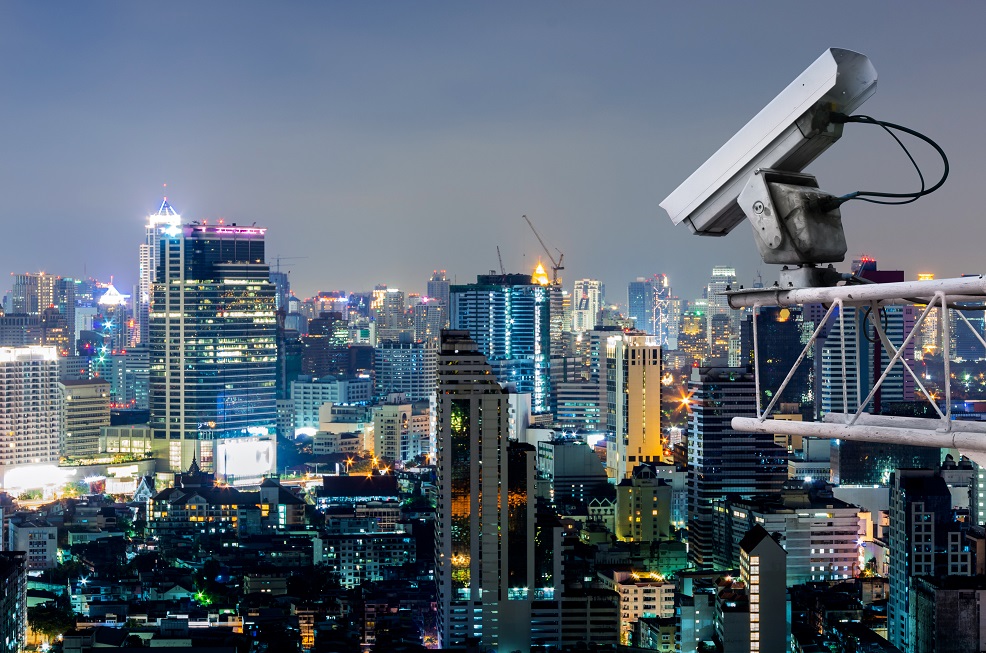In the year 2015, the advent of 4K resolution technology created a lot of buzz across diverse product categories including smartphones, video cameras/camcorders, projectors, medical imaging devices, and even Hollywood studios that have been vigorously promoting 4k as the ultimate viewing standard for next-generation moviegoers. The reasons are quite self-evident: with a horizontal resolution 2 times that of normal HD (4096 pixels vs. 1980 pixels), 4k technology delivers a whopping 8 million pixels per inch at an aspect ratio of 1.9:1. Truly speaking, it appears that the whole definition of picture clarity is about to be elevated to extraordinary levels. Presently, if there’s anything slowing down the mass-penetration of 4k technology, it’s the cost aspect and high bandwidth consumption which will eventually become a thing of the past with growing consumerization of this technology.

While 4k resolution is set to change the face of entertainment, there are two application fields where the practical utility of 4k technology is so huge that we predict it will become simply indispensable: 1) The Retail sector and 2) City-wide surveillance
4K Cameras in Retail:
According to various reports, an average retail store loses at least 2% revenues each year due to spoilage and shoplifting out of which more than half is due to uncontrollable theft. A retail chain with $1 billion turnover stands to lose at least $20 million which can be avoided through better quality surveillance.
The reasons why 4k cameras can be a game-changer in retail are as follows:
- People tracking: While people counting, queue tracking, footfall and crowd behavior can be easily tracked by low resolution cameras, 4K camera build GREATER ACCURACY since they operate on a much higher resolution with in-built zoom levels. It can enable facial recognition of each and every individual in the store on a need basis.
- No object is too small: 4k can help avoid the theft of the tiniest of objects due to the inherently high clarity.
- Integration with analytics: 4k helps retail chains with sophisticated analytics to enable the decision making on various fronts such as user behavior tracking, digital signage effectivity, zeroing-in on spillage, spoilage, inventory management etc.
4K Cameras in City Surveillance:
While we can put 4K camera to work towards saving the 1% of the turnover for retail giants, City Surveillance is altogether a different ballgame! It is about protecting a city’s high security zones wherein the slightest of security lapse is unacceptable.
- High zoom to identify risky/suspicious objects. Whereas, a 1080P cam can hardly detect an L-shaped object or lower resolutions can just detect an object, a 4K camera can zoom in and give you the exact make of someone carrying a concealed gun! This also comes in handy for retail applications, but the variations in visibility due to multiple factors in outdoor environment makes a stronger case for a 4K camera.
- Traffic surveillance and monitoring is another ‘must have’ for smart cities, wherein 4K camera can assume an important role in terms of license plate recognition from far off
- For stadiums and large concerts: PTZ features and high resolution of 4K camera can help cover a large area, in turn reducing the cost and installation work for large number of lower resolution cameras making it a cost effective solution
So, it is clear that we have n number of reasons for widespread deployment of 4K cameras in various industries owing to its peculiar benefits. However, following are a few challenges which still need to be addressed:
- Content distribution: Bandwidth requirement is massive (of the order of 10 Gbits/s for delivery)
- Huge storage capacity and hence the decision of number of days of storage in NVRs
- Mismatch in resolution with the display device
- More expensive compared to Full HD
- For effective usage of 4K camera, one needs to move to H.265 codec
Considering the above advantages of quadrupling pixels, faster frame rates versus the barriers, the industry has to trade off great functional as well cost benefits vs initial cost in setting up, storage and streaming.
This is like adopting a cutting edge technology battling in uncharted waters and indeed needs an expert consultation not only for actual implementation, but also for:
- Plan whether to go for this trade-off
- Detailed roadmap for optimum implementation for maximizing the value drawn
- Support with peripherals other than camera such as codecs, storage, analytics (basically edge to core expertise)
And who can be a better partner than eInfochips, an organization that can stake claim to have developed world’s first FPGA-based 4K camera when the world was busy adopting HD camera!
Read more about eInfochips Security and Surveillance practice
Read eInfochips blog post on the “Role of Snapdragon 820 in 4k Ultra HD Technology”
To know more about eInfochips’ Qualcomm partnership, click here
For 4k reference design, click here













